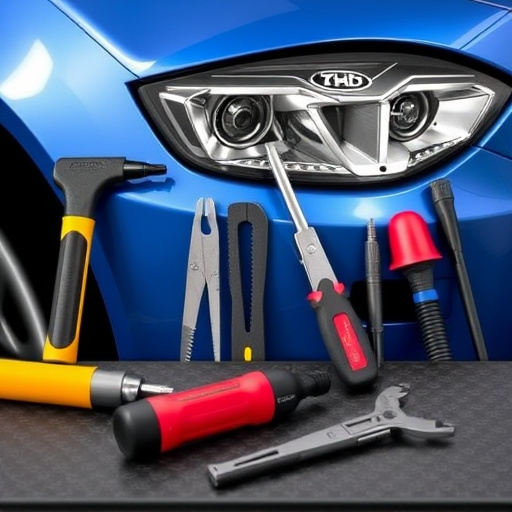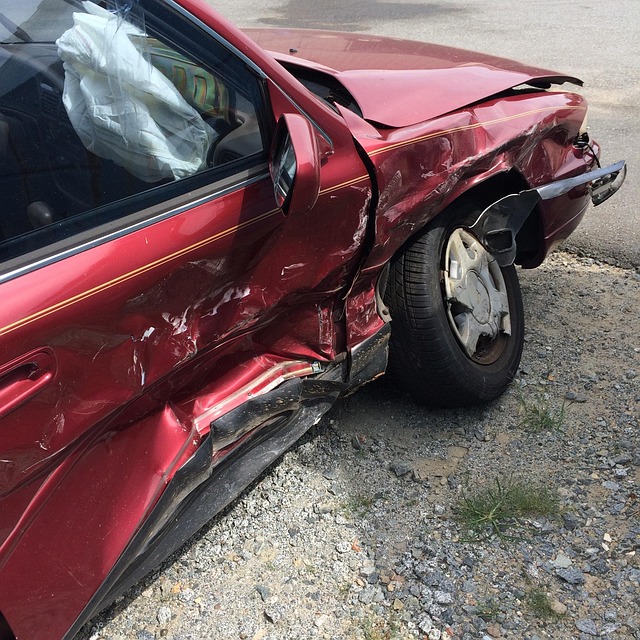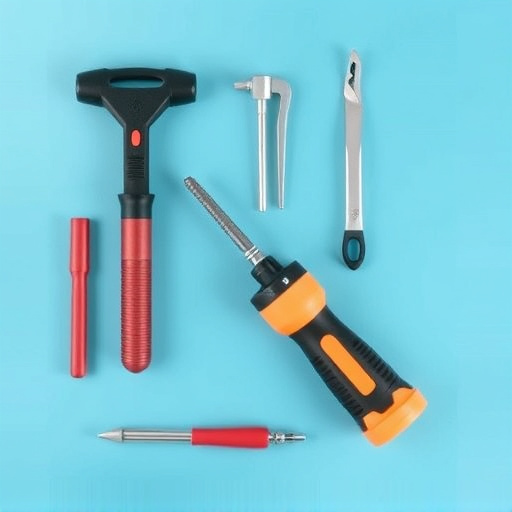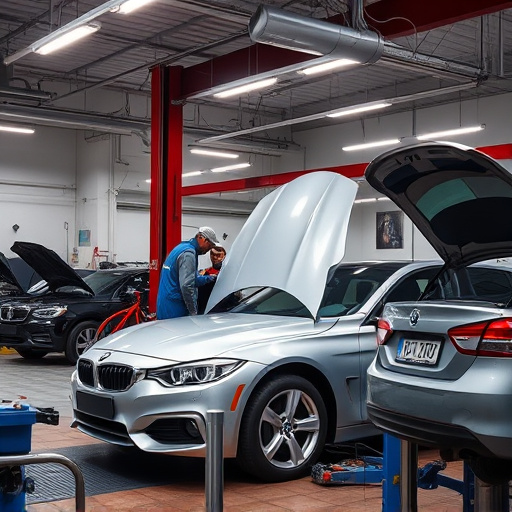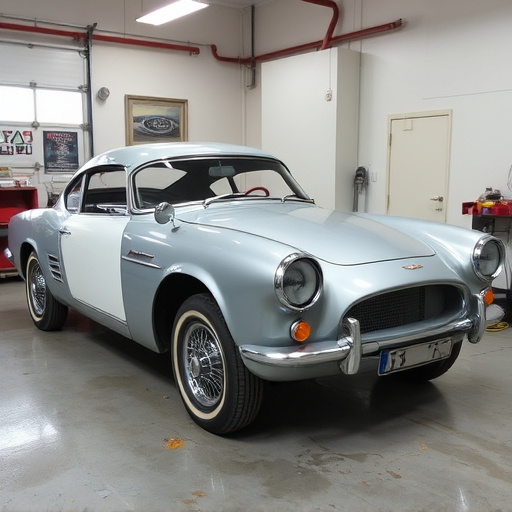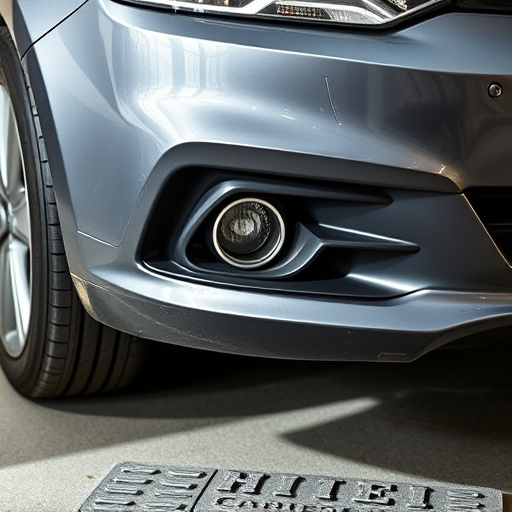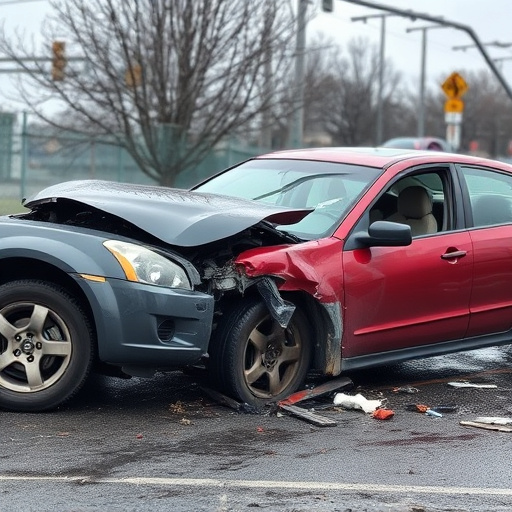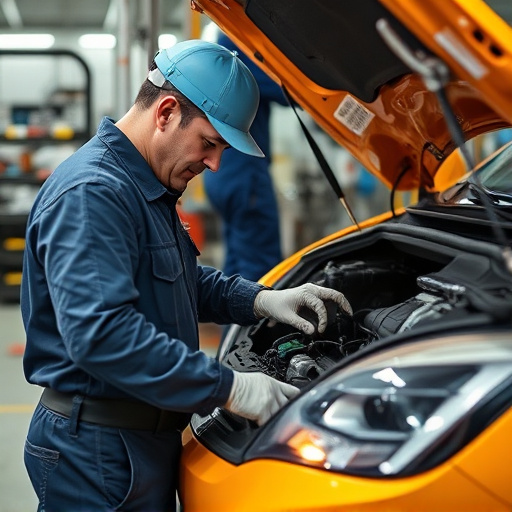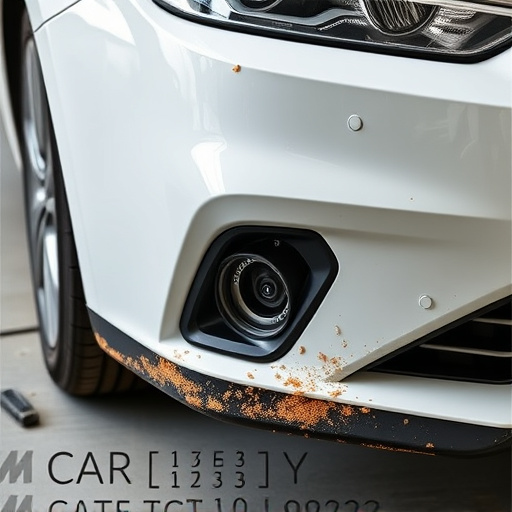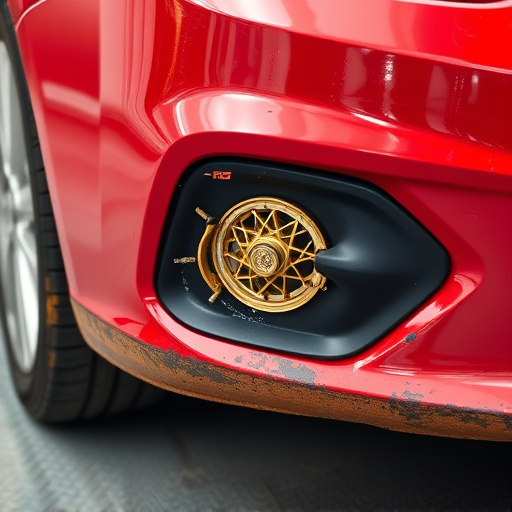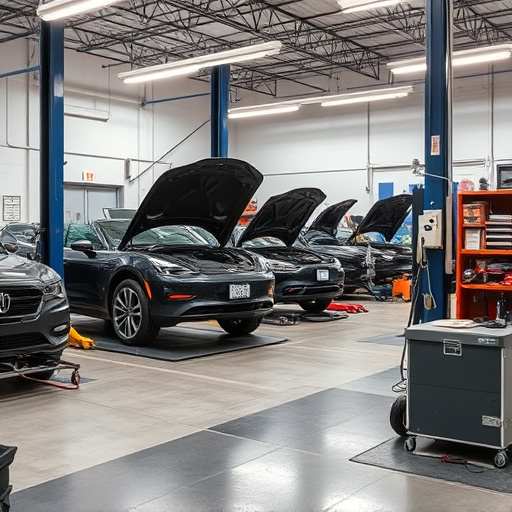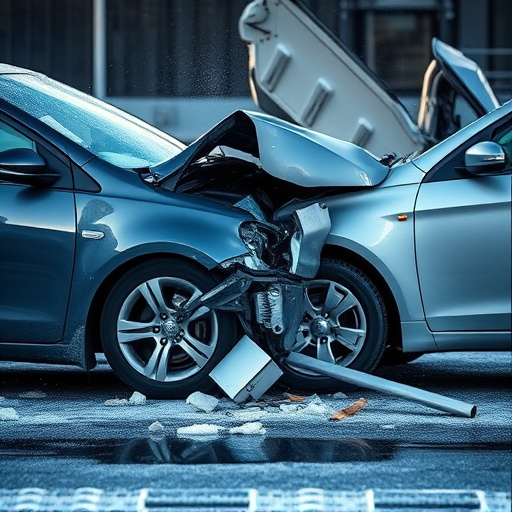Advanced technologies like 3D scanning and CAD software have revolutionized collision frame repair, enabling faster, more accurate repairs, enhanced safety, and customer satisfaction. Structural scanning provides precise measurements and detailed 3D models, streamlining initial inspections and reducing repair times. The future of collision frame repair looks bright with advancements in scanning technology and automation, promising tailored, consistent, and high-quality repairs.
In the realm of automotive restoration, precise collision frame repair is paramount. Structural scanning technology has emerged as a game-changer, revolutionizing how auto body shops tackle these complex repairs. This advanced method utilizes innovative tools to accurately assess damage and guide precise corrections, ensuring vehicles return to their pre-collision condition. By exploring the benefits and future trends in this field, we uncover why structural scanning is not just an option but an essential advancement in collision frame repair.
- Advanced Technology in Collision Frame Repair
- Benefits of Structural Scanning for Auto Body Shops
- Future Trends: Enhancing Collision Frame Precision
Advanced Technology in Collision Frame Repair
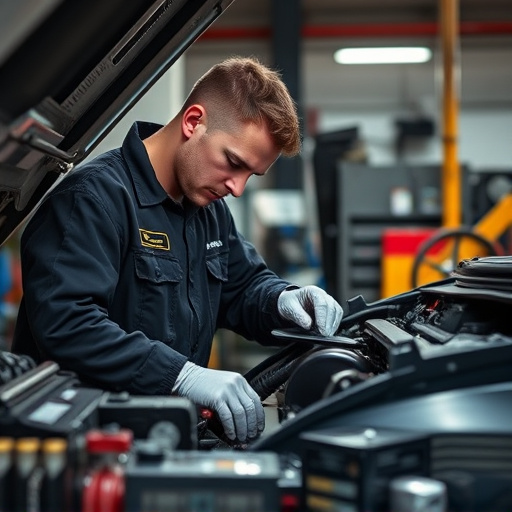
The advancement of technology has significantly revolutionized collision frame repair, offering faster and more precise results. Modern tools such as 3D scanning and computer-aided design (CAD) software allow for detailed analysis and exact measurements of damaged vehicle frames. This advanced technology provides auto body repair specialists with a comprehensive understanding of the extent of damage, ensuring that each component is accurately replaced or repaired.
By integrating these innovations into their processes, auto body services can deliver high-quality collision frame repair, restoring vehicles to their pre-accident condition. This not only guarantees customer satisfaction but also enhances safety on the road. Moreover, the precision achieved through advanced technology minimizes the need for excessive material removal, contributing to more sustainable and cost-effective auto body repair practices.
Benefits of Structural Scanning for Auto Body Shops
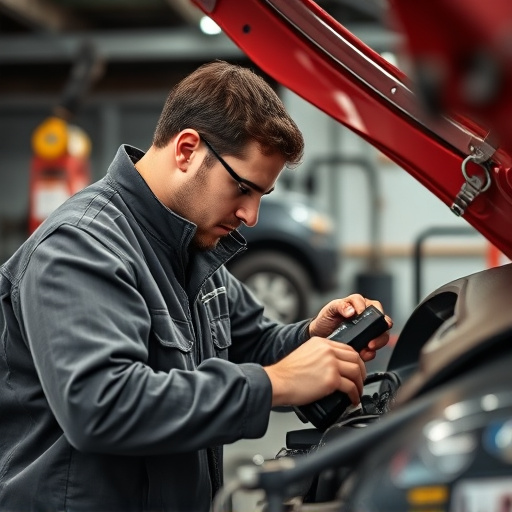
Structural scanning has revolutionized collision frame repair, offering significant advantages for auto body shops. This advanced technology enables precise measurement and analysis of vehicle damage, replacing traditional manual methods. With structural scanning, auto body repair professionals can quickly assess complex damage patterns, ensuring accurate restoration. It provides detailed 3D models of the vehicle’s frame, allowing for better understanding of the impact and facilitating more effective repairs.
This innovative approach enhances efficiency in collision repair shops by streamlining the initial inspection process. Traditional methods often involve time-consuming manual checks, whereas structural scanning provides quick and comprehensive data. As a result, auto body repair teams can make informed decisions, optimize their workflows, and ultimately reduce overall repair times. This benefits both customers and the business, fostering a reputation for high-quality, timely collision frame repairs in vehicle body shops.
Future Trends: Enhancing Collision Frame Precision
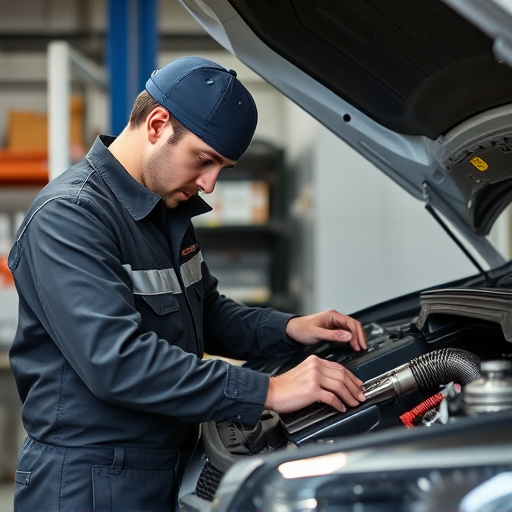
The future of collision frame repair is poised for significant advancements, driven by the pursuit of greater precision and efficiency in auto body restoration. As technology evolves, innovative tools and techniques will continue to shape this industry. One prominent trend is the integration of advanced scanning technologies, which enable more accurate assessments and measurements of damaged car bodies, including complex frame geometry. These digital solutions offer a level of detail and precision previously unattainable, ensuring that each repair is tailored to the specific needs of the vehicle.
Furthermore, automation in frame straightening processes will play a pivotal role in enhancing overall collision frame repair. Automated systems can correct misalignments with remarkable speed and accuracy, streamlining the labor-intensive aspects of car dent repair and bodywork. This not only reduces repair times but also increases consistency, leading to higher-quality outcomes. As these trends unfold, collision frame repair professionals will find themselves equipped to deliver even more refined and precise services, setting new standards in the industry.
Structural scanning technology is transforming collision frame repair, offering auto body shops enhanced precision, efficiency, and accuracy. By leveraging advanced tools and techniques, professionals can now achieve higher standards of quality in their work, ensuring safer and more reliable vehicle restoration. As this technology continues to evolve, the future of collision frame repair looks even brighter, promising even greater advancements that benefit both technicians and consumers alike.
